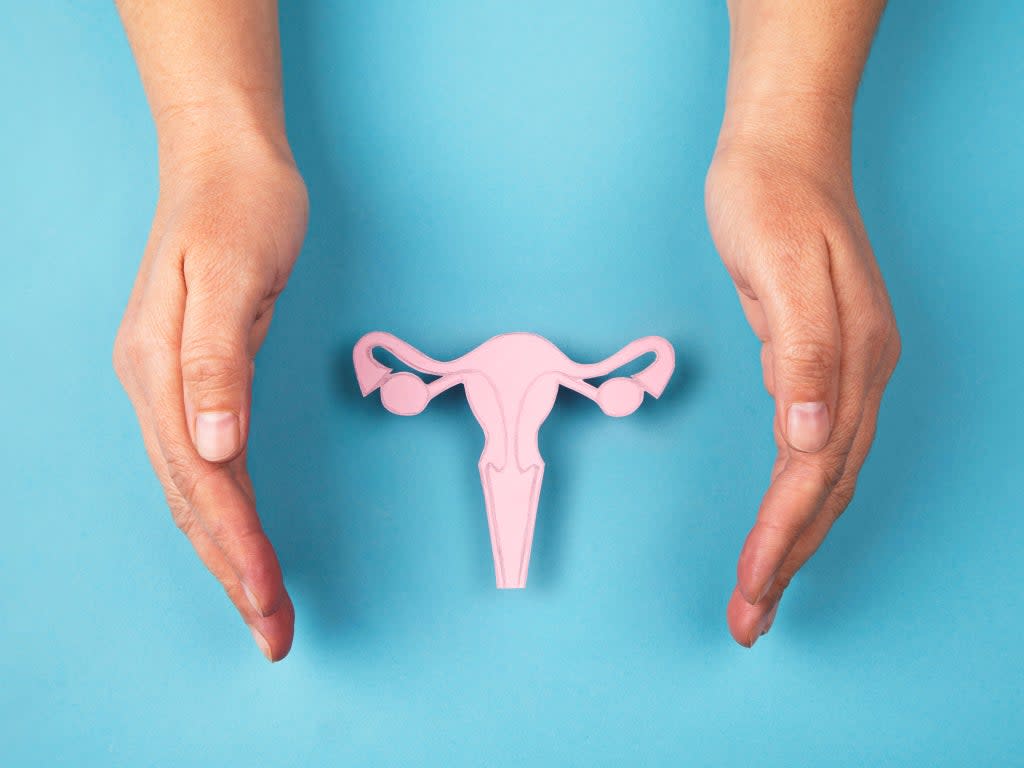Experts clarify the G-spot is actually a ‘G-zone’

Researchers have called for the G-spot to be renamed as the “G-zone”, calling the current term “misleading”.
Dr Irwin Goldstein, editor in chief of the Sexual Medicine Reviews journal where the findings were published, along with two study authors found that there are five separate erotogenic tissues that function in a similar way to the G-spot.
The G-spot is an area on the upper front wall inside the vagina. Stimulating this “spot” can lead to sexual arousal or orgasms.
The five other areas labelled by experts include the clitoral bulb, the anterior vaginal wall, the urethra, the clitoral crura and the periurethral glands.
The G-spot originally got its name from German gynaecologist Ernst Gräfenberg who first described the erogenous zone in the 1950s.
While Gräfenberg did not give the spot its name, it was named Gräfenberg-spot in a text about female ejaculation in the 1980s.
Goldstein and the other authors now claim the correct term should be “Gräfenberg-zone” or “G-zone”.
“Based on the description by Gräfenberg of the anterior vaginal wall as containing a ‘distinct erotogenic zone,’ we believe that the subsequent use of the term ‘G-spot,’ coined 31 years later by Addiego et al, to be misleading,” the study authors wrote.
They said that there seemed to be “no singular spot” but five separate tissues instead. They came to this conclusion after re-analyisng the original description given by Gräfenberg and the three functions that were originally given to the area - “pleasurable sensations”, “swelling” and “fluid ejaculation”.
“We suggest the current term ‘G-spot’ is misleading and therefore inappropriate,” the authors said.
“The five erotogenic regions of the anterior vaginal wall can be more accurately and appropriately termed the Gräfenberg zone or G-zone.”

